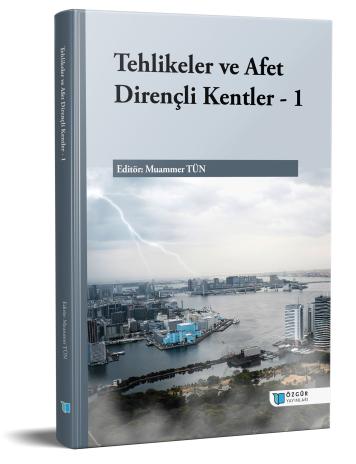
Ensuring the Resilience of Cities and Citizens in Changing Climate Conditions
Chapter from the book:
Tün,
M.
(ed.)
2024.
Hazards and Disaster Resilient Cities I.
Synopsis
Climate change has significant impacts on urban areas. Increasing temperatures affect urban residents in cities, triggering significant health problems, and socially sensitive groups are especially vulnerable to the negative effects of climate change. While the decrease in water resources in cities due to the effect of climate change causes water scarcity, changing precipitation conditions, together with the excess of impermeable surfaces in cities, lead to urban floods. Existing urban infrastructures are inadequate in these processes and are affected by climate-related extreme weather events and disasters. It is seen that especially high temperatures increase energy demand. While urban green areas are damaged by drought and temperature increases, sea-level rise threatens urban residents living in coastal areas by causing infrastructure problems and erosion in coastal cities. The negative effects of climate change on agricultural activities put the food security of cities at risk. In today's conditions, it has become inevitable to combat the effects of climate change and increase resilience in cities that contribute to climate change with their fossil fuel-based activities. Urban resilience refers to the capacity of cities to resist long-term threats and includes preparedness, especially against factors such as climate change. In this regard, the aim of the study is to evaluate how the negative conditions caused by climate change affect urban resilience and urban residents, and to propose strategies to increase urban resilience. The study concluded that ensuring the resilience of cities is of critical importance in terms of the sustainability of activities carried out in cities and the creation of a safe and livable environment for urban residents. In this context, other results obtained in the study show that it is important to carry out water management in cities, develop nature-based solutions and green infrastructure, reduce fossil fuel use, ensure energy efficiency, and make a transition from a crisis management approach to a risk management approach by considering disaster management activities integrated with climate change adaptation actions.

